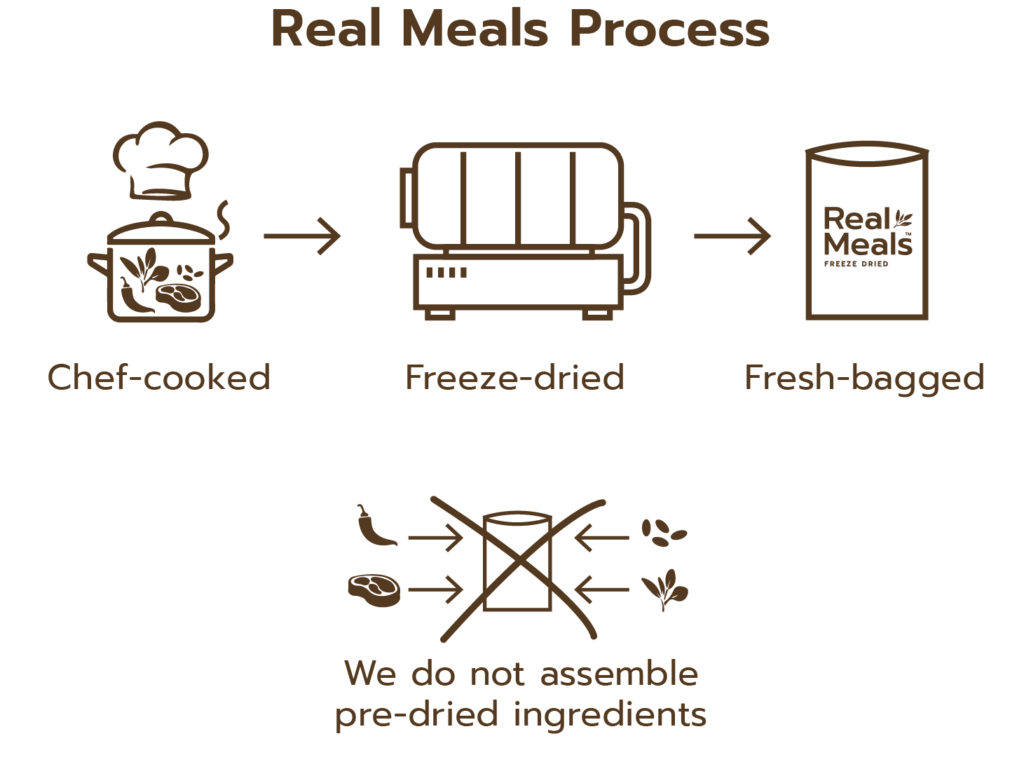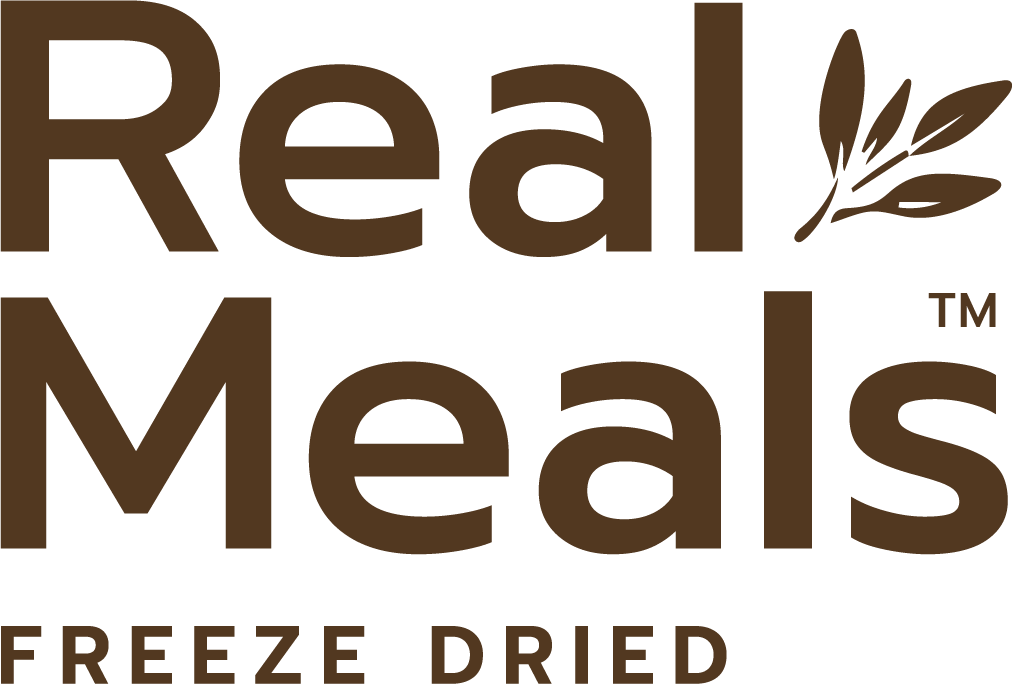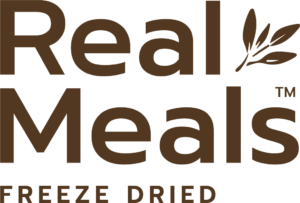How it works
Freeze drying, also known as lyophilisation or cryodesiccation, is a low temperature dehydration process that involves freezing the product, lowering pressure, then removing the ice by sublimation. Because of the low temperature used in the freeze-drying processing, the quality of the rehydrated product is excellent, and the original shape of the product is maintained.
This is in contrast to dehydration by most conventional methods that evaporate water using heat.
Benefits of Freeze Drying
- Removes 99% of moisture
- Retains 97% of nutrition
Freeze-dried foods retain the vast majority of the vitamins and minerals found in their original state. Freeze-dried food typically retains 97% of its nutrition because of the “cold, vacuum” process that is used to extract the water. Whereas, the nutritional value of dehydrated food is generally around 60% of equivalent fresh food. This loss is largely due to the heat used during dehydration which breaks down the food’s vitamins and minerals. An interesting aspect of freeze-drying is that it doesn’t change the look or the taste of the food. For example, at Real Meals we freeze dry a Sri Lankan Curry that includes pieces of chicken, vegetables, rice and spices, when it is rehydrated and ready to eat, it will taste the same as if you had just made the dinner at home, and it will look the same as it was before it went into the freeze-dryer.
Another difference is weight. Freeze-dried foods weigh a lot less than dehydrated foods, which makes them easier to carry and store. You want to be careful here, a lot of freeze-dried meal companies around the world mix freeze-dried and dehydrated ingredients together, it makes them heavier and look more value for money, but it’s not the case. Real Meals are 100% freeze dried, not even a dehydrated pea in sight.
Freeze-dried foods offer a longer shelf life, lower moisture content, and generally taste better than dehydrated foods. Freeze-dried foods rehydrate faster and retain their original shape, texture, and colour. A far greater variety of foods can be freeze-dried than can be dehydrated, a Real Meals example is you cannot dehydrate a Smoothie, but out of the freeze dryer, they’re yummy as.

Freeze Dried vs Dehydrated
There’s a common misconception that “dehydrated food” and “freeze-dried food” are the same, but they are not. There is a massive difference. With any type of long-term food preservation, moisture needs to be removed from the food and freeze-drying is the best method.
The main objective with food preservation is to remove moisture so that it doesn’t decompose, grow bacteria, and mould. Doing that without destroying the food’s basic composition adds to both shelf life and the nutritional value of the food.
Dehydrators remove about 70% of the water which means the food is only good for a few months. Freeze drying removes at least 99% of the water, making it stay good for longer.
Dehydrated products like dried fruit, meat, and vegetables have a shelf life of 1-year or less. Those same foods preserved with a freeze-dryer can last for many years. Real Meals are guaranteed for 2.5-years.
We recognise that dehydrated products work for some people and in some situations. We support any product that is great and helps people get outdoors. But it is still important to understand the difference.

